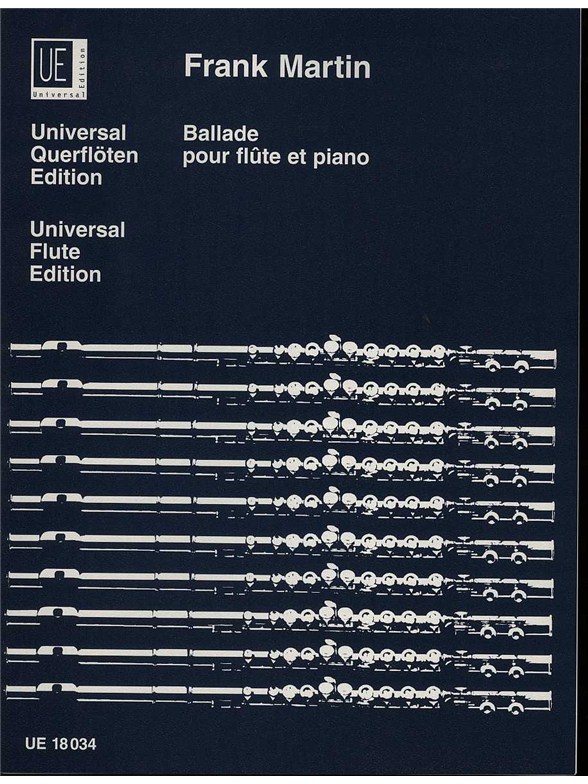The purpose of this page is to make it easy for printing the entire listing of composers (so no fancy colors here but only black letters, and hyperlinks are just. Aaron strives in his program notes to spread his own excitement and knowledge about music to the widest possible audience, fostering deeper engagement and curiosity. The following list includes just a portion of the program notes in Aaron's library. Bridge, Frank, Phantasie Piano Quartet.
Which versions of La Folia have been written down, transcribed or recorded? The purpose of this page is to make it easy for printing the entire listing of composers (so no fancy colors here but only black letters, and hyperlinks are just underlined to distinguish them easily in printed form), or to search a particular word or phrase in the browser (in the menu-browser: edit, search).


The last function can also be achieved by the Pico search-facility of the (where the entire site will be searched for hits) but here all of the context within the realm of the chapter 'alphabetical composers' will be instantly revealed. Which versions of the later Folia have been written down, transcribed or recorded? Anonymous for carillon (in dutch: beiaard) (Ms. 1756) Les Folies d'Espagne (theme and double followed by 12 variations) Manuscript LBII II. 40 (Library of Leuven?)(Folie des Spanie) A small introduction of the carillon as an instrument might be handy because it is not that familiar to a larger audience. The instrument is built around a number of bells in a church-tower and with an ingenious system of levers and wires the player is able to let the differently tuned bells ring using his fist to depress the clavier's wooden keys and his feet to control the pedals. Dynamics is possible because the amount of force applied, controls the loudness.
Jeff Davis, the university carillonist of Berkeley, enlightened me about the developments of the instrument: Originally from Belgium and The Netherlands, the carillon is found throughout the world and is experiencing a real golden age at this point in history. There are close to 200 instruments in North America alone, and the performers are frequently superb virtuosi on the instrument. A modern carillon is capable of extraordinary sensitivity to touch and has, in the latter part of the 20th century, become a true concert instrument. Eicher Bedienungsanleitung Pdf To Excel.
There are national schools in The Netherlands (Amersfoort), Belgium (Mechelen), and France (Douai). In North America, while there is no national school, there are two large centers of carillon study: the University of Michigan at Ann Arbor, and at Berkeley. The difficulty in playing comes not from the delay between striking the note and the sound of the bell (that is minimal in a modern instrument), rather the real difficulty comes in controlling such a large collection of very heavy weights and still taking care with voicing and other musical matters For further reading about this instrument, Chapter 7. And John Gouwens has published a nice introductionary method about playing the carillon at It was known that the melody of the Folies d'Espagne as a popular tune was used in the mechanical carillon music at least in Belgium.
Kanye West Ft John Mayer Bittersweet Download. In the slipcase of the cd by Luc Rombouts (see below) three of those sources are mentioned (De Gruytters V.- fel. 23 (13/6/1745) Wyckaert, nr. Install Camera Raw Photoshop Cs5 Portable Tumblr. 36 (12/8/1692) (La Folie d'Espagne) and Van Belle. Without a number (La Folie D'espagne) The melody was played in some of the clockworks of churches too by the beiaardiers in Belgium and the Netherlands. Some sources mention ocasionally that the La Folia-theme was part of the program to get the appointment of beiaardier. The Leuven manuscript is not just a simple transcription (although some passages are transcribed literally) of the melody because several variation are written specifically to meet the demands and features of this peculiar instrument. • Dugoni, Paolo (edited the orginal manuscript for modern reading with bass and treble key) • Released 2011 by Paolo Dugoni • Pages: 5 pages • Published by Paolo Dugoni, Italy Anonymous for keyboard Diferencias sobre la Folia (siglo XVI) Unfortunately no documentation about this Folia is included in the slipcase of the recording.